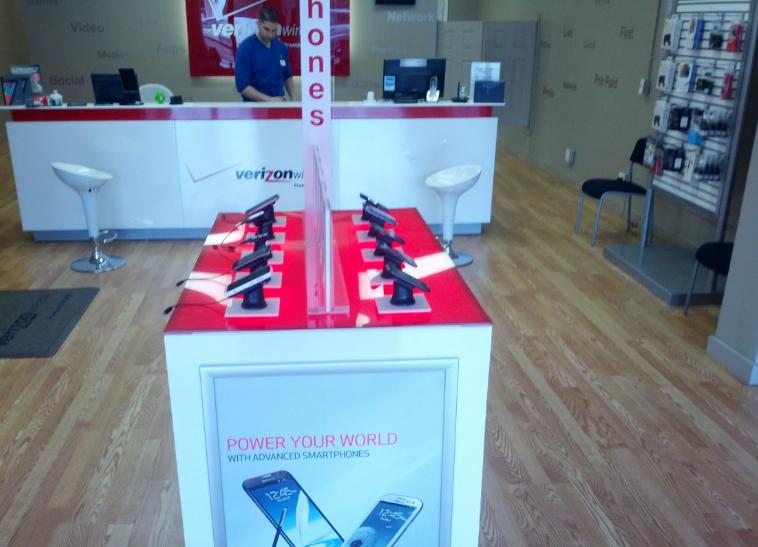It was my first day in sales in a store tucked into a small strip mall on the side of the highway. There was a large window, from floor to ceiling, that would turn the store into a furnace on a summer day. The walls were lined with displays of the latest cellphones, most were plastic display models, but for the in demand models like the latest Apple iPhone we had live displays models. Live display units were a hot commodity for a store out size.

There was one large sales desk in the very back of the store, past all the displays, where two computers were placed on opposite ends. I was walked through the displays filled with cases and screen protectors, walked through the various models of cellphones available, and informed about the current incentives available for customers to open a new account.
I felt comfortable. I was interested in technology, and cellphones were just beginning to take center stage in modern life. Mobile internet was still in its infancy, but people already wanted the latest and greatest as status symbols. For the first time, I felt confident I could actually be useful at work.
I was surprised to have even been hired. My previous job was at a movie theater, and convincing people to make purchasing decisions wasn’t something I had learned. Honestly, I didn’t even have the wardrobe. My work attire consisted of the cheap polyester shirts you get two of when you start a part-time job. On my first day, I wore an ill-fitting dress shirt, equally ill-fitting pants, and dress shoes one size too big. My high school graduation outfit.

The first few days were uneventful, and my memory of them is spotty. One of the best parts of the job was that it gave me access to my first smartphone. I recall deciding to open an account with this carrier and got an Android on my first few days there. That was when I first had access to a general-purpose camera and a portable computer in one. I knew even then how special that was. Cellphones are, to this day, some of the most magical devices I can imagine.
The owner focused on making sure I knew the pricing plans and drilled one main lesson into me: always sell what’s in stock.
The customer walks in; a man in his late 20s, maybe early 30s. At the entrance, the display catches his eyes. He asks:
“Hello do you have the Droid DNA?”
That’s really all I remember, the question. The rest of the conversation is a blur. But if I had to guess, it went something like this:
I recalled my training: sell what you have. Even though I wanted to talk to him about how awesome that phone was, seriously this thing was top of the line, one of the first to advertise a quad-core processor. I stuck to the script.
“Oh, that’s a good phone, but have you seen the iPhone 4?”
Even I wanted the Droid DNA! I stuck to my training “sell what you have. I didn’t even entertain the idea that he might want anything other than what I had available. He left the store.
That was my first real lesson in salesmanship, and in time I came to realize the lesson was much more profound. I was taken aside by my boss.
“Al, you can’t convince someone they want something they’re not asking for.”
I never forgot that moment. It was one of the most essential lessons I’ve carried throughout my career: listen to people and they’ll tell you everything you need to achieve your goal.
Back then, the goal was making my first sale at a new job. Since then, my goals have evolved along with the complexity and scope of the requests. From simply selling a cellphone to reshaping how a widget gets manufactured, one thing has remained constant: listening to the customer and delivering what they actually want is an art.
Often, it’s a delicate dance between what the customer wants and what you can realistically offer. That day, it was about matching desire to in-store inventory. Today, it’s about delivering within the constraints of a budget or technical capabilities.
